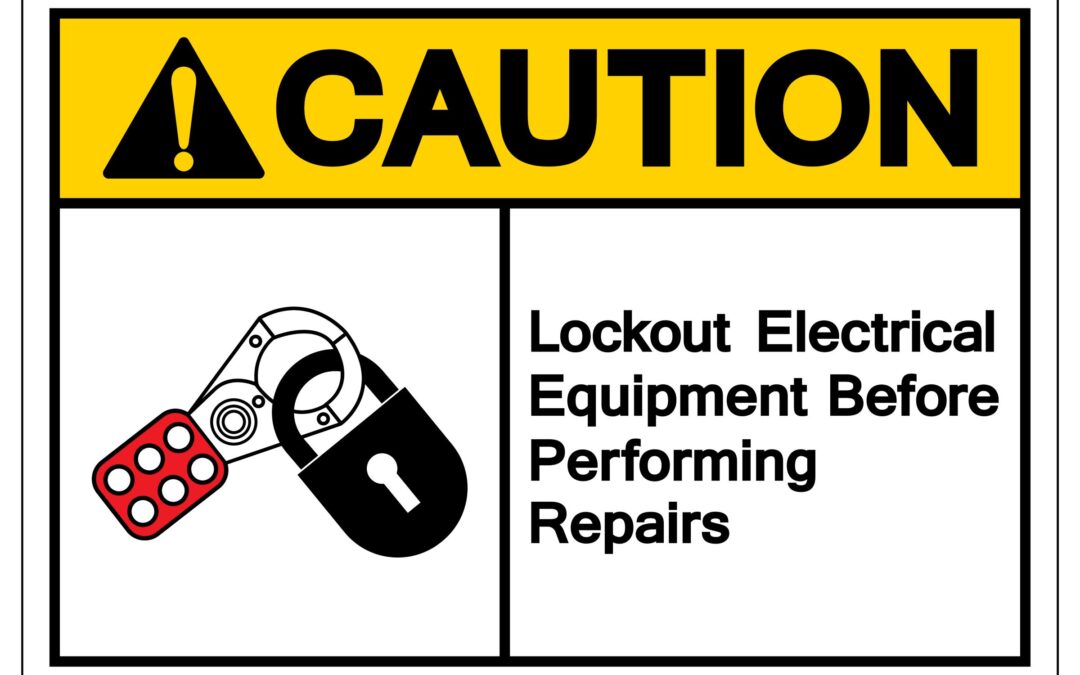Safety signs play an essential role in the workplace. They notify people of hazards, regulations, and requirements; symbols, pictograms, surrounding shapes, and colors have specific meanings. A safety sign that displays a clear and consistent format helps employees recognize and understand the information it reveals. OSHA strives towards making a safe environment for workers through visual communication.
Discussion Points:
• What is safety signage in the workplace?
• Why safety signs are important in the workplace?
• How should safety signage display in the workplace?
• Are hazards and safety equipment represented by the sign?
• What are the OSHA requirements for signage?
Discussion:
Safety signs can play a significant role in promoting safety and preventing injuries. The purpose of safety signage in the workplace is to identify and warn workers who may be exposed to hazards. They assist in the communication of important information, provide instructions for emergencies, and reinforce safety messages. OSHA Regulation 29 CFR 1910.145 describes types of signs for preventing accidents and injuries. The rule refers to the Industry Standard ANSI/NEMA Z535 (2017). The regulation specifies the design, application, and use of signage or symbols to define specific hazards that may lead to work- related injuries. It also specifies that there should be no variation in the design of the sign and that employees should understand the information given may indicate immediate danger and special precautions are necessary. The color of the signage is color coordinated, with each color representing a specific warning. When selecting safety signs for your facility, be sure that the color of the sign follows the regulations. Red indicates an imminently hazardous situation which, if not avoided, will cause or result in serious injury or death, orange indicates a potentially hazardous situation that may cause or result in serious injury or death, yellow indicates a potentially hazardous situation that may cause or
result in minor or moderate injury, green is used for the identification of safety equipment, first aid, or emergency egress locations, and blue is used to communicate general safety facility information. Symbols, Pictograms, and shapes can clarify or support a sign’s message. These shapes have useful meanings: A triangle for hazard alert, a circle for mandatory, a circle with a slash for prohibited, and a square for vital information.
Signs should be placed in a highly visible location and should not be obscured. The placement of safety signs should be fully displayed, ideally at eye level, and should be considered when placing other objects or equipment in the area. Workers must be able to see the signs from a safe distance. 29 CFR 1910.145 (f)(4) requires the sign’s signal word – “DANGER”, “WARNING, “CAUTION” etc.- to be readable from a distance of at least five feet. A sign that warns pedestrians to look for forklift traffic at an intersection should not block the view of oncoming forklifts. The sign itself should not cause a hazard and should have rounded or blunt corners and no sharp edges.
Take time to assess the signage around your facility; look at machinery, equipment, and tasks performed to determine the most appropriate way to display the signs. Ensure signage is on display for specific hazards, warnings, and instructions so workers can take the appropriate action before starting a job task.
As always, stay safe out there!


Recent Comments